How does the Universe change in a year?
Compared to a human lifetime, the Universe is ancient.
But even a single year holds important changes.
“We are not the same persons this year as last; nor are those we love. It is a happy chance if we, changing, continue to love a changed person.”
–W. Somerset Maugham
Earlier this week, I celebrated my 37th birthday. Each one of us is along for the ride on planet Earth as we complete an entire orbit around our central star once-per-year. While we might notice some major events that occur out there in the Universe in any given year:
- the arrival of a comet,
- the brilliance of a meteor shower,
- the flare-up of a nearby star,
- or even a cataclysmic supernova,
those are only the obvious changes that occur.
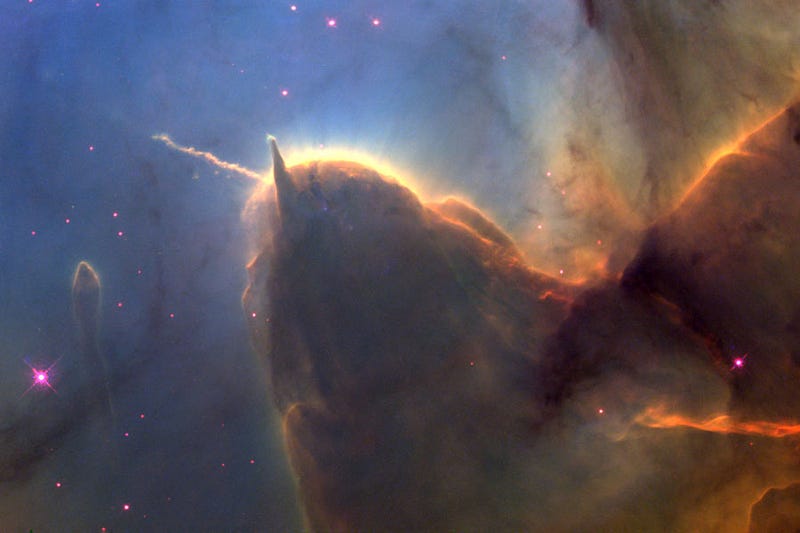
We normally conceive of a year as a fairly long duration of time. In human terms, a lot can happen in a stretch of 365 (or so) days. But compared to the Universe — some 13.8 billion years old — a year is literally a blink-of-an-eye. Seriously, if you were to compare the age of the Universe to a single year, it would be like comparing a human lifetime to 0.2 seconds.
And yet, in that brief period, a year, there are some subtle changes that occur in our Solar System, our galaxy and the Universe that underlie the great, slow changes that take place on the grandest of timescales.
The Earth’s rotation slows down. Sure, you’ll hardly notice it on a typical timescale. The time it takes the Earth to rotate once on its axis — a day — is longer today by about 14 nanoseconds compared to how long that rotational time was a year ago. But this adds up considerably if you wait long enough. If you stick around for four million years, our rotation will slow enough so that we’ll no longer need leap years: a year will be exactly made of 365 days.
It also means that back in the very early days of the Solar System, a day on Earth was much shorter: it took only 6-to-8 hours for Earth to complete a rotation, meaning that a year consisted of more than a thousand days! But a slightly slower spin is only the start.
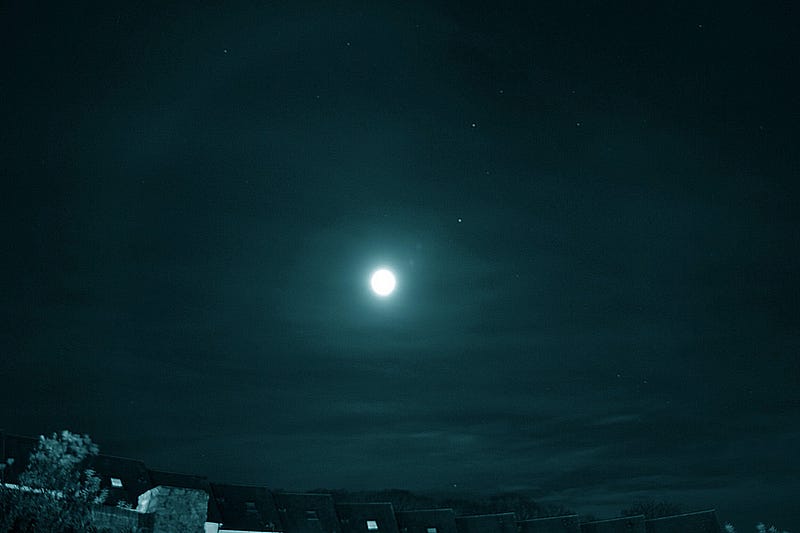
The Moon is farther away this year than last. Again, you’ll hardly notice it, but there’s a fundamental conservation law that makes this a necessity: the law of conservation of angular momentum. (Where angular momentum is code for “spinny stuff.”) Think about the Earth-Moon system: they both spin on their axis while the Moon revolves around the Earth. If the Earth’s spin slows down, that means it’s losing “spinny stuff,” and something else needs to compensate. That something else is the Moon revolving around the Earth, meaning that the Moon gets farther away to keep everything conserved.
On the timescale of a year, you can’t even notice with sophisticated laser lunar ranging: the difference in the Moon’s orbit is mere centimeters-per-year. But over time, this adds up so significantly that in 650 million years, there will be no such thing as a total solar eclipse, as the Moon will be distant enough that all solar eclipses will be annular at best.
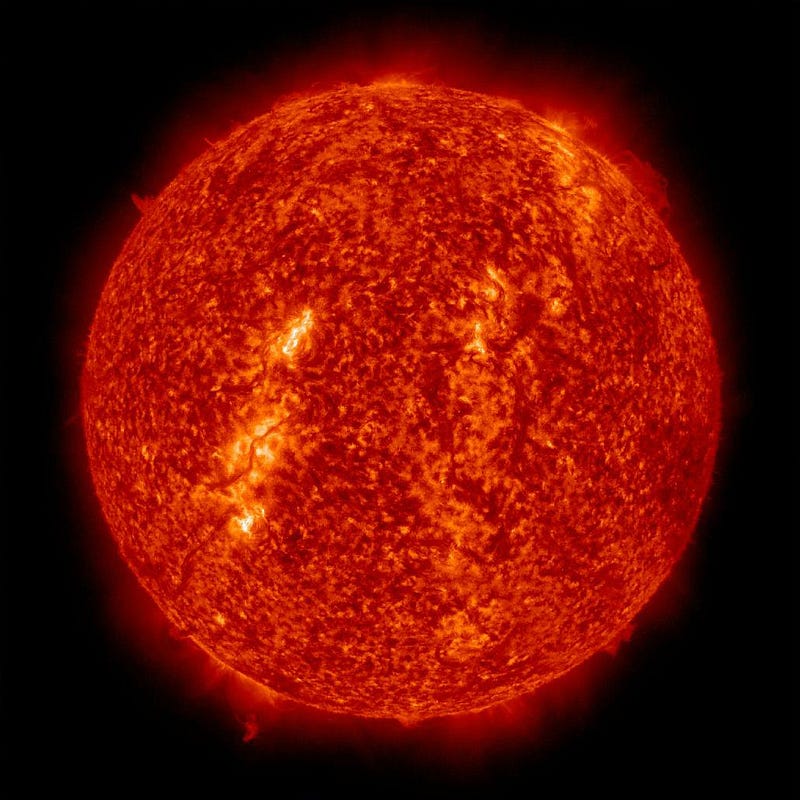
The Sun is slightly hotter than the year before. This is only on average, mind you, as the variations in the Sun are larger than the overall warming effect. This certainly isn’t capable of causing the overall warming the Earth is experiencing, either, as the amount that the Sun has increased in luminosity in any given year is approximately five billionths of a percent, or just an increase over the previous year of 0.000000005% in brightness.
But over long enough timescales, this matters. The Sun, you see, converts matter into energy, losing about 10^17 kg of mass per year to Einstein’s E=mc^2. As it burns through more of its fuel, it gets hotter, fusing its fuel faster, and causing its overall energy output to increase. In about one-to-two billion years, the Sun will be hot enough to boil the Earth’s oceans, ending life on Earth as we know it. In the end, global warming caused by the Sun will be the end of us all.
But that’s just within our Solar System; the galaxy and beyond changes in just a year, too.
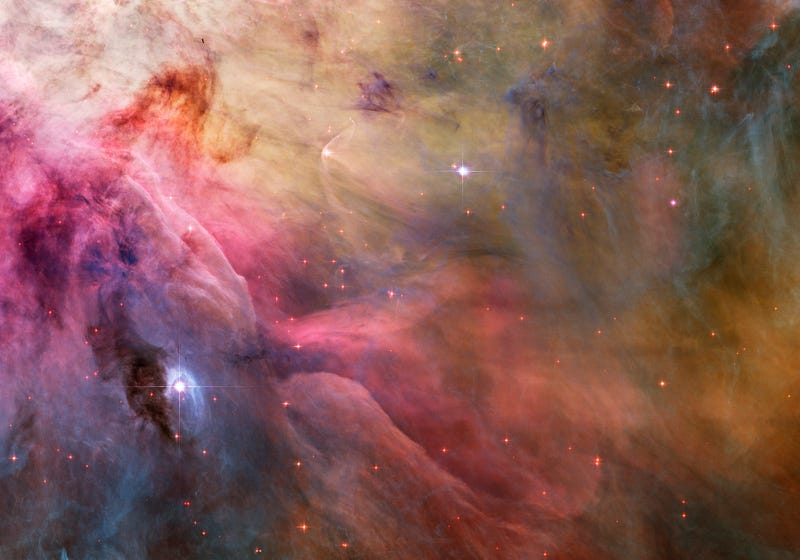
A new star, slightly smaller than the Sun, is born in our galaxy. Within the Milky Way, we form new stars on an ongoing basis in nebulae, which lead to young star clusters. Our current star formation rate — to the best of our knowledge — is 0.68 solar masses worth of new stars every year in our galaxy. This is only an average: we could form one 100 solar mass star in more than a century, or five very low-mass stars in a single year. In reality, star formation happens in a gradual process taking millions of years. But on average, we have a new star, slightly less massive than the Sun, form every year.
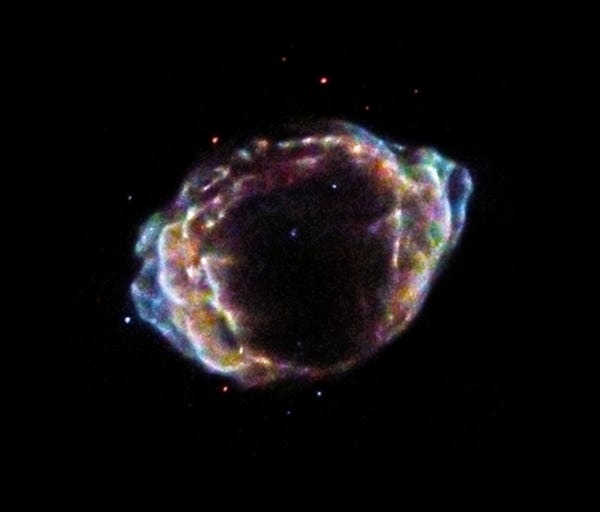
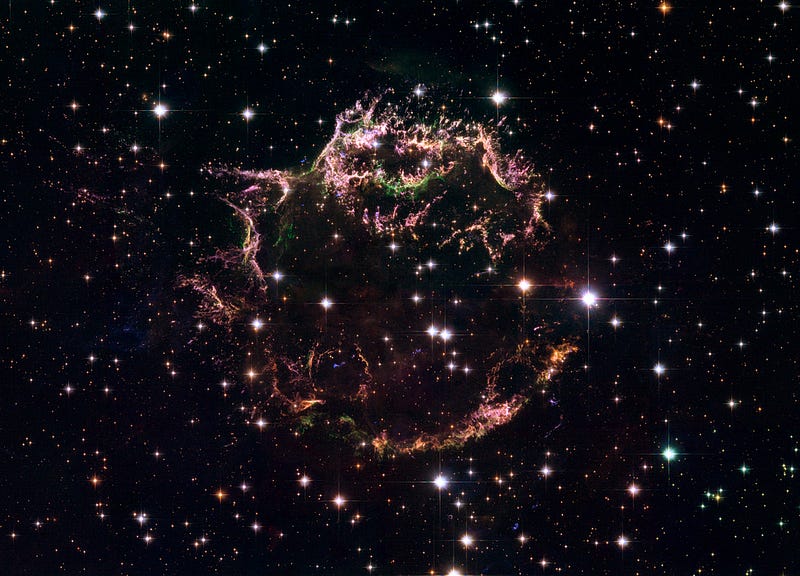
We have a few percent chance of a supernova going off in our galaxy. We used to think that supernovae were extremely rare events, with Tycho’s supernova in 1572 and Kepler’s in 1604 being the last two seen from Earth with the naked eye. But we’ve since discovered others that have gone off in our galaxies subsequently, including in Cassiopeia in the late 1600s and in Sagittarius in the late 1800s (both above). It’s now known, from looking at other galaxies, that our galaxy ought to contain roughly four times as many type II supernovae as type Ias, and that we expect between two and seven supernovae per century. (With some uncertainties.)
This number is much larger than what we used to think, and tells us that even if we can’t see it, because the plane of the galaxy is in the way, there’s a good chance that we’ve had a supernova happen in any of our lifetimes, and possibly one this past year. The odds are better than you think!
And on the Universe’s scale…

The Universe is cooler this year than last year. The leftover glow from the Big Bang is awfully cool: just 2.725 K above absolute zero. And yet, this is the temperature it’s reached only after 13.8 billion years of cooling; prior to that, it was hot enough to ionize atoms, to blast nuclei apart, even to keep quarks-and-gluons from forming individual protons and neutrons! On even longer timescales, this expansion-and-cooling will continue to take us arbitrarily close to absolute zero.
A year might not make much difference, but we’re another step closer. The Cosmic Microwave Background, this year, is 200 picoKelvin (2 x 10^-10 K) cooler than it was the year before. Give us another few dozen ages of the Universe, and we won’t be able to detect it at all!
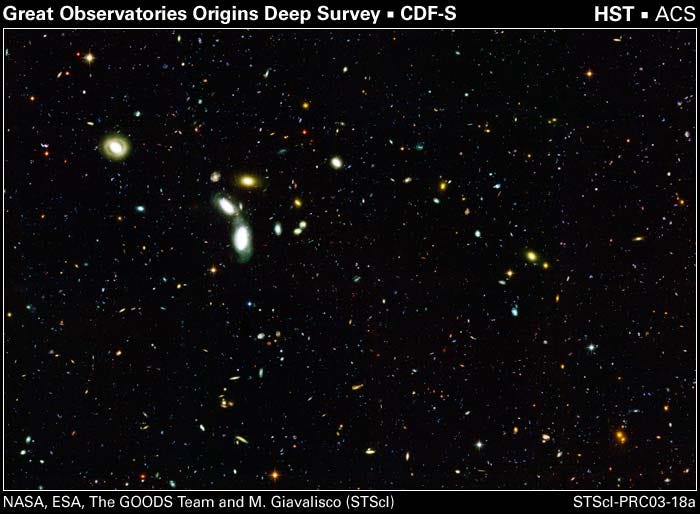
And finally, 20,000 stars become unreachable with every year that passes. Dark energy has come to dominate the Universe, causing the expansion rate of distant galaxies to accelerate. At some critical distance, about 15 billion light years at present, those galaxies recede from us faster than light emitted from us will ever be able to travel. Frighteningly, of all the galaxies observable in the Universe by us, 97% of them are already gone forever. But the remaining 3% aren’t just sticking around; they’re accelerating away, too!
With each year that passes, approximately 20,000 new stars that were reachable (at light speed) are now no longer reachable, meaning that every year we delay exploring the stars, there are thousands upon thousands of star system that forever slip beyond our grasp.

The lifetime of the Universe may be long, and a year may be short in the grand scheme of things, but nonetheless, things change. If we look closely enough and precisely enough, we, too, can feel the flow of time passing by. Not just here on our home world, mind you, but in the Solar System, the galaxy, and in the Universe beyond.
May the next year be the one where we collectively come together and reach for those greatest distances as one.
Leave your comments on our forum, and support Starts With A Bang on Patreon!





